The Heating Stove from the Maplewood Train Depot has been relocated to the National Building Arts Center in Sauget, Illinois.
We recently lost one of Maplewood’s oldest residents, Rita Kippenberger. Rita lived her entire 97 years in the house she grew up in on Maple. I regret that I didn’t try harder to interview Rita again. I spoke to her once but it had been many years.
I remember she told me that she had once worked at Golde’s Department Store. She had been working as a cashier in 1966, the year that Golde’s was completely destroyed by a disastrous conflagration. According to Rita, the cause of the blaze was a lightning strike that hit the plate glass of the entrance doors on Manchester. The force of the strike knocked over the cash register and stand just inside the doors. This was her workstation.
Just a few doors away from Rita lived my good friends, the McCoys. A very long time before I ever dreamed of becoming the historian of Maplewood, Bill McCoy told me a story that I believe he had gotten from Rita. Scott Joplin’s music publisher, John Stillwell Stark had once lived at 7380 Maple. (Correction: 7360 Maple). The story is that he once invited Joplin to his home which caused somewhat of an uproar because Joplin was a negro.
The Kippenberger family home was conveniently located about a half a block from the Maplewood Train Depot. I’m sure in the early years this worked well but the trains largely lost out to the highways and the motor vehicles that traverse them. By 1961, the last commuter train had stopped at the Maplewood depot. In 1965, the building was razed.
Lucky for us, Rita’s father somehow managed to salvage the heating stove from the depot. This he managed to store in his garage where it sat the past 57 years. Also lucky for us, Rita’s friend and neighbor Jeff Todisman knew of the stove’s existence and thought it should be preserved.
Jeff Todisman has offered a few corrections to this story. He believes that the stove was removed from the station when it was moved across the tracks in 1930, not 1965 as I surmised. Also John Stilwell Stark once owned and lived in the Todisman home at 7360 Maple. On his side lot he built a house for his daughter and her husband. She was a lifelong friend of Joplin’s. He did visit and stay in her house at 7358 Maple which caused the gossip. Joplin had day visited both residences several times over the years that he lived.
Rosemary Davison’s Community survey of 1982 is at odds with the second part of Jeff’s story. She writes that 7358 Maple was built in 1937 by Halbert Greenwood for his daughter’s marriage. He had purchased the lot in 1904.
Jeff adds: Stark’s brother and business partner lived across the street. His home was demolished to construct an apartment building.
I once did a post on the subject that would seem to indicate that Stark’s son lived across the street at the now demolished home at 7377 Maple.
I asked Michael Allen, the director of the National Building Arts Center in Sauget, if they would like to add the stove to their collection. The answer was yes. Jeff and his son, Nate put the stove in the back of my truck. Then with the help of my friend Ken Schilling we delivered the stove into the waiting arms of Emery Cox of the NBAC.
There you have it. The heart warming (make that station warming) story of how the heating stove from the Maplewood Depot found a new home. Handkerchiefs, anyone?
BTW: If you are wondering just what is the heaviest piece of Maplewood memorabilia? You can find out here.
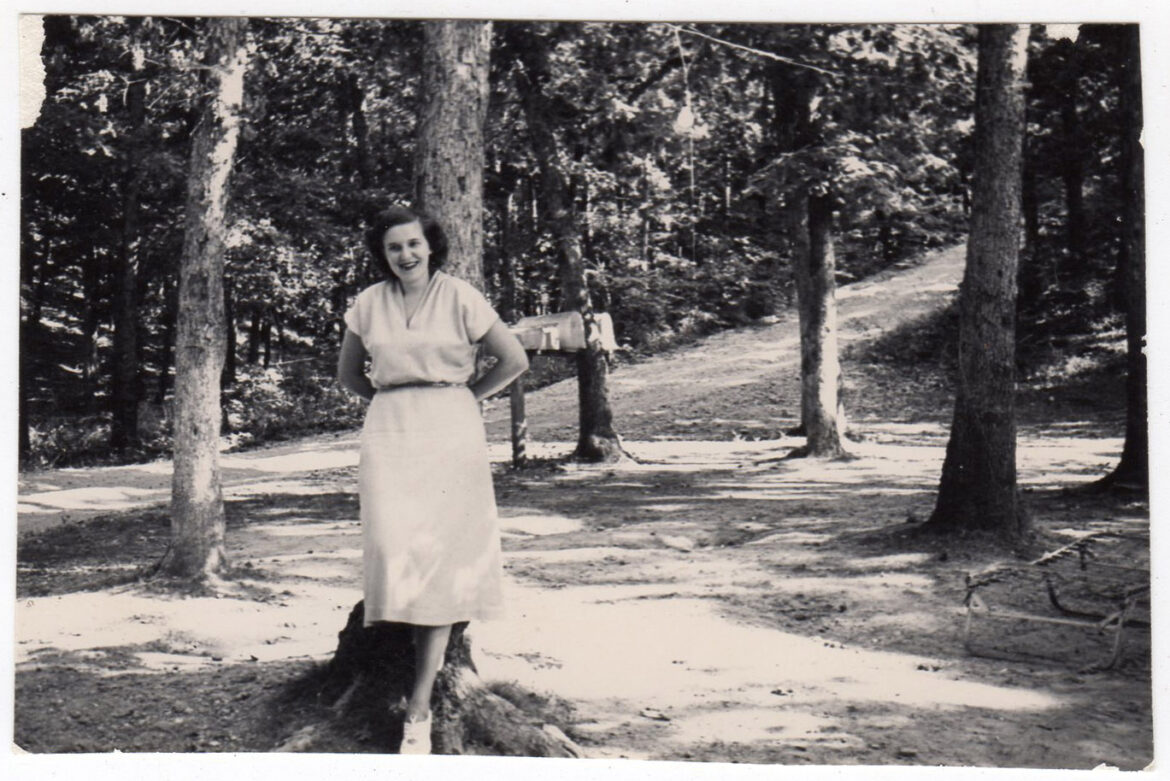
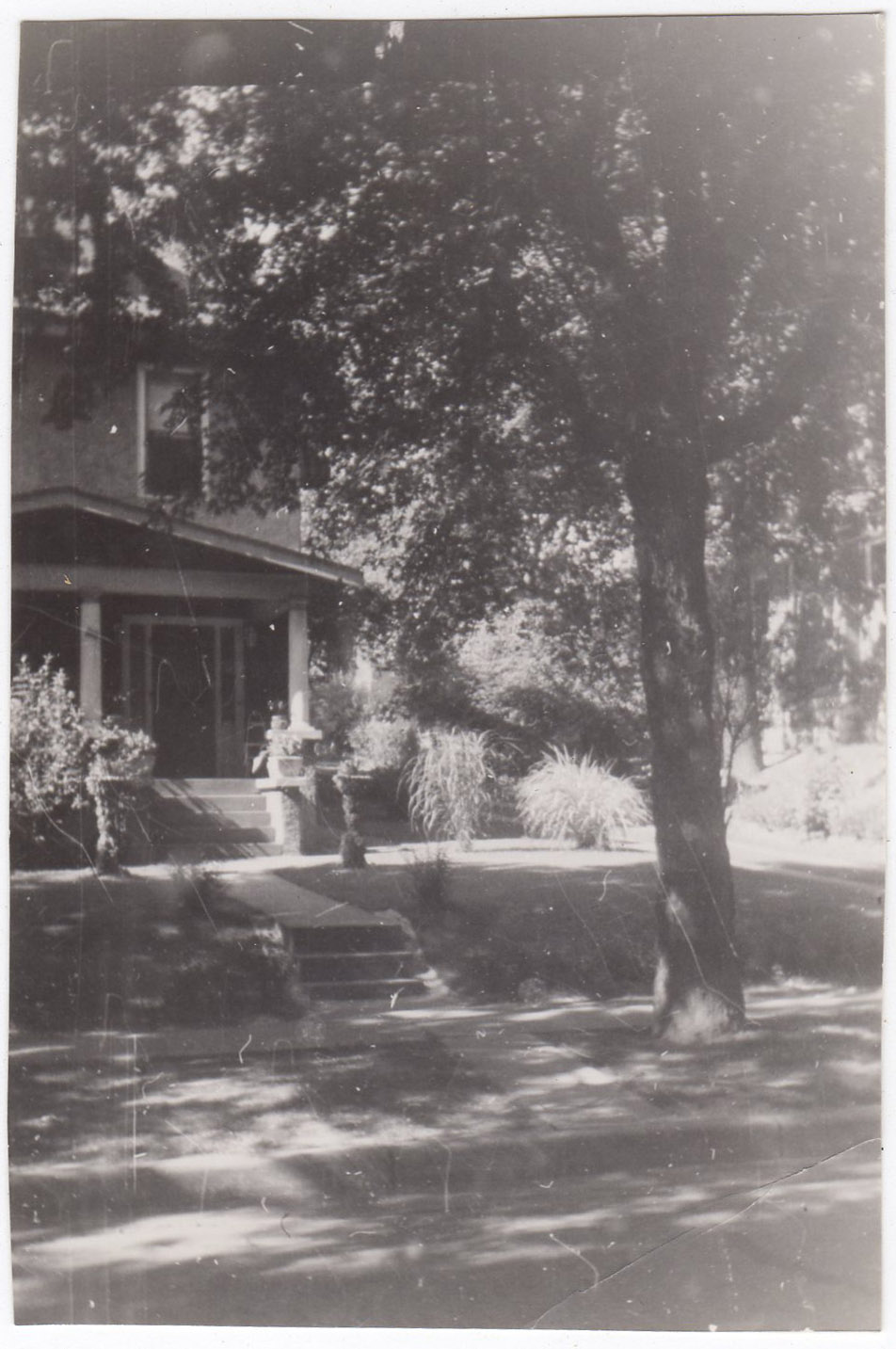
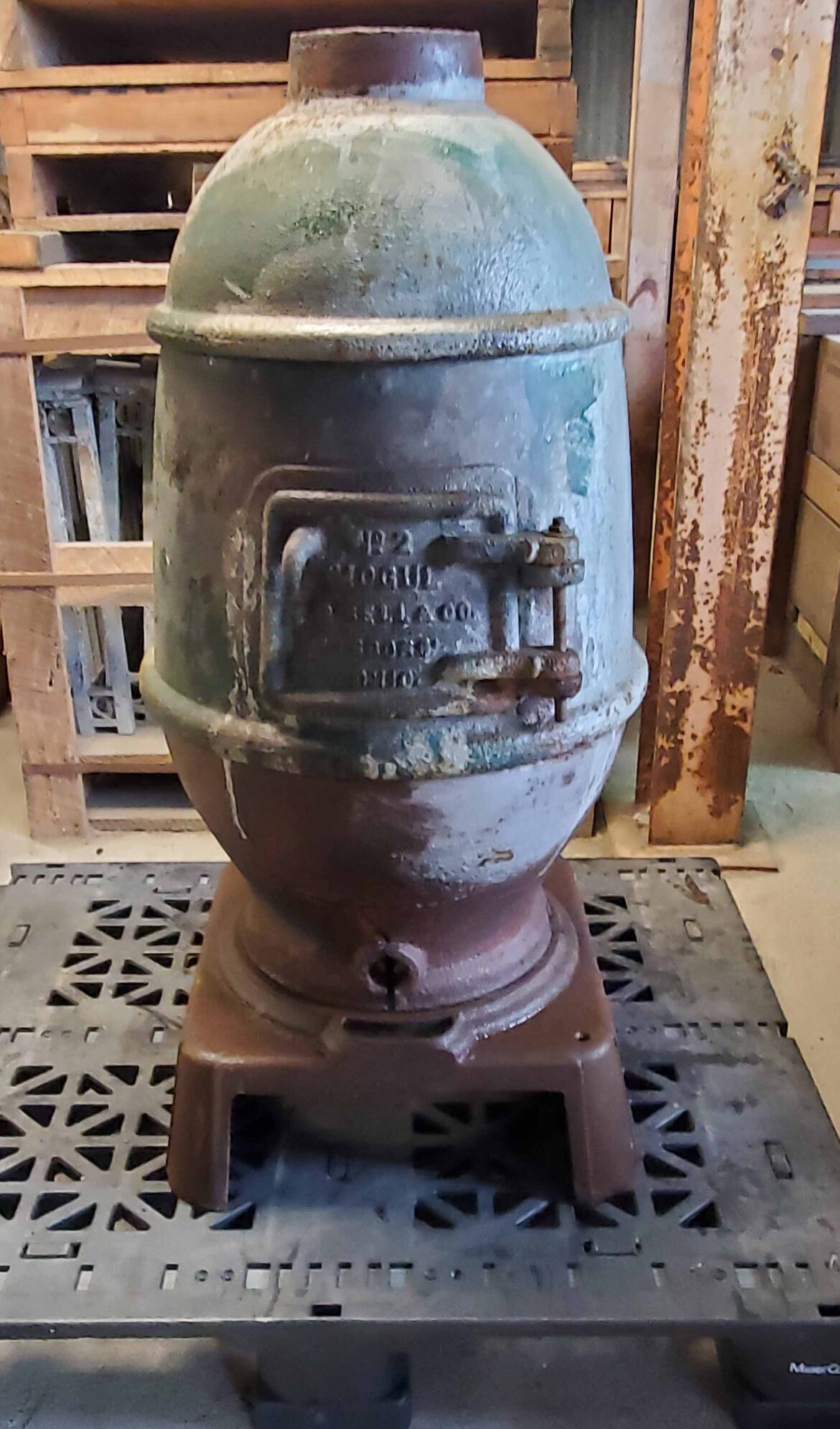
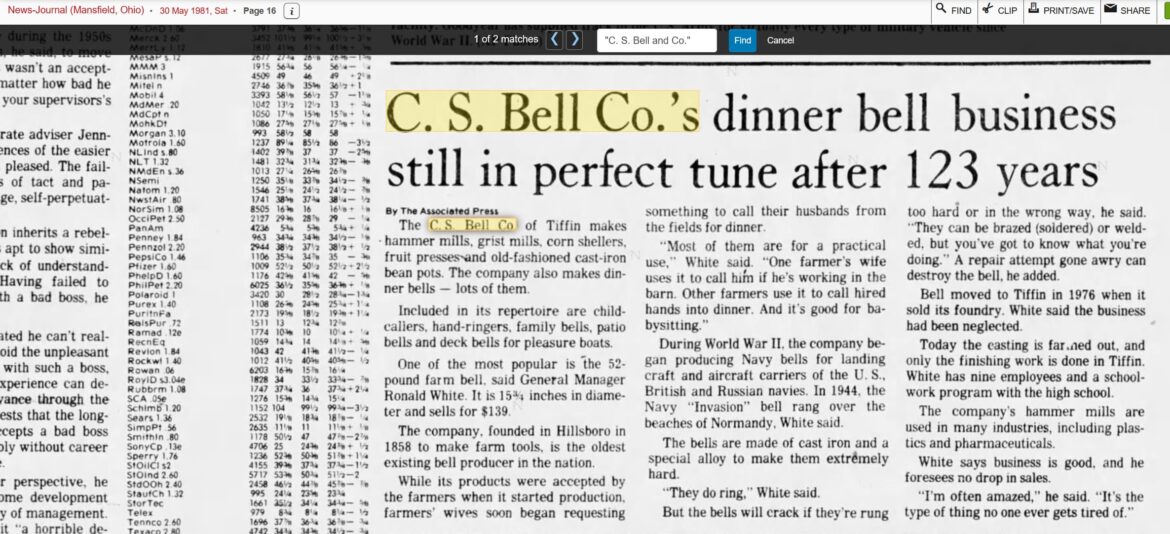
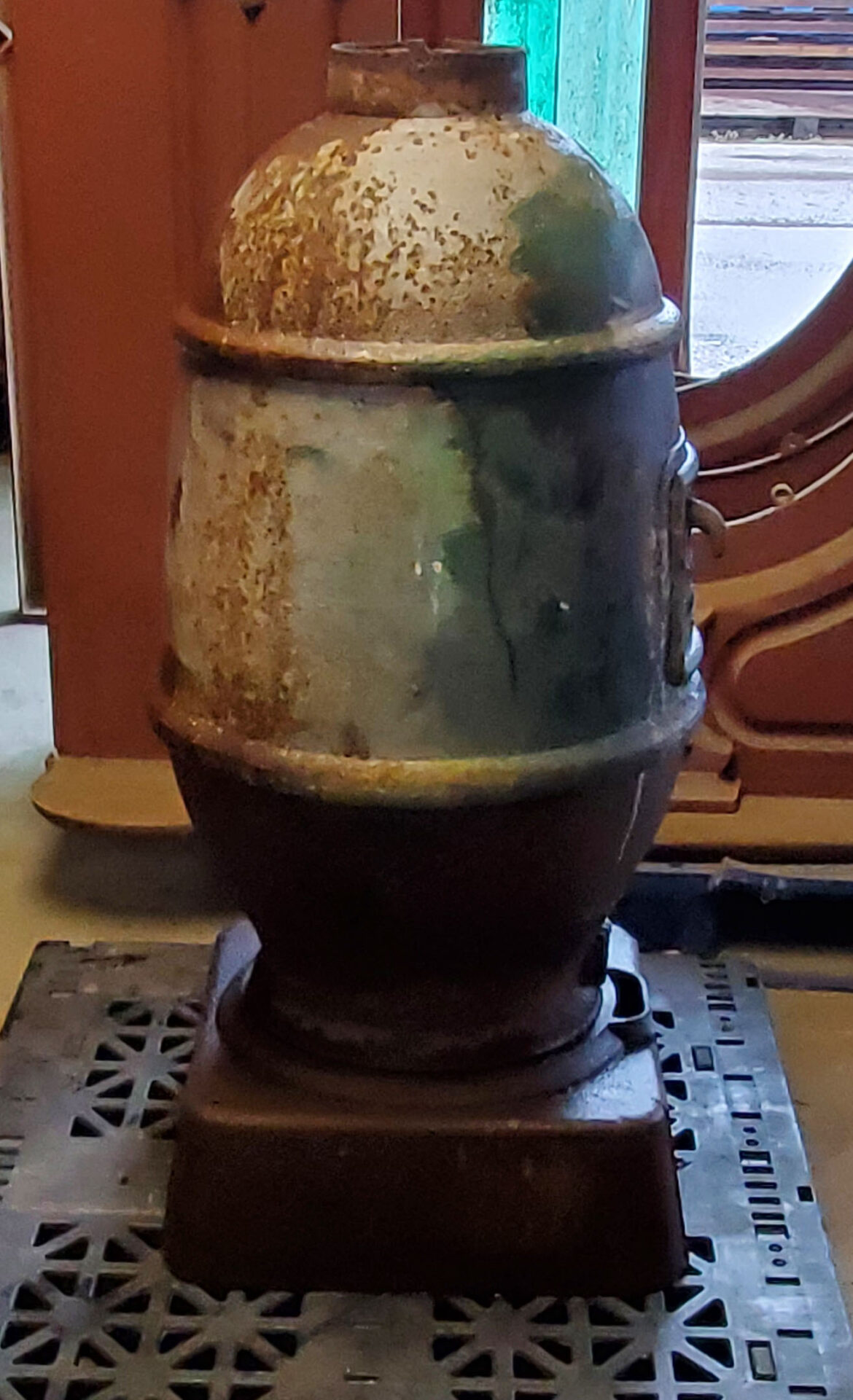
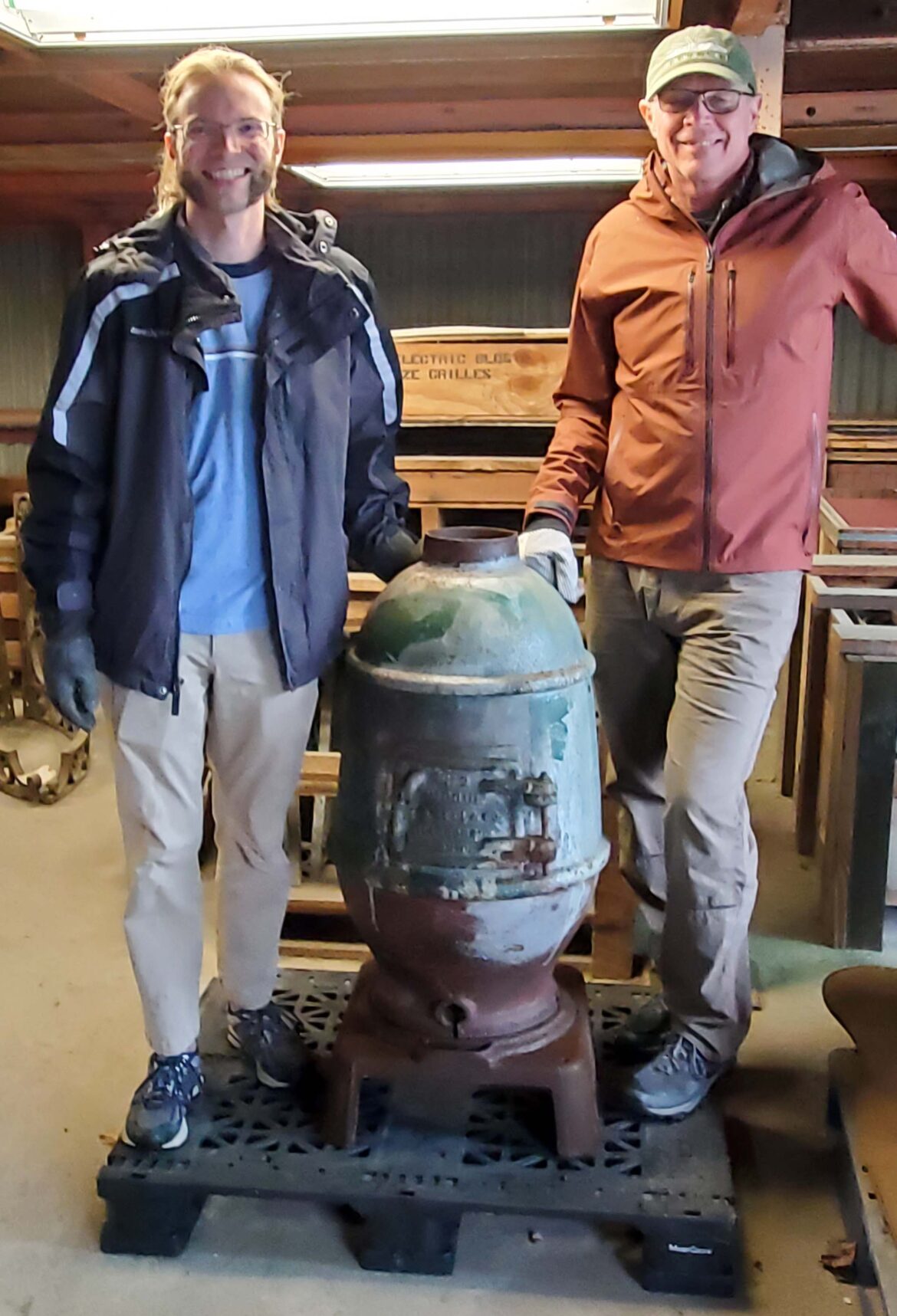
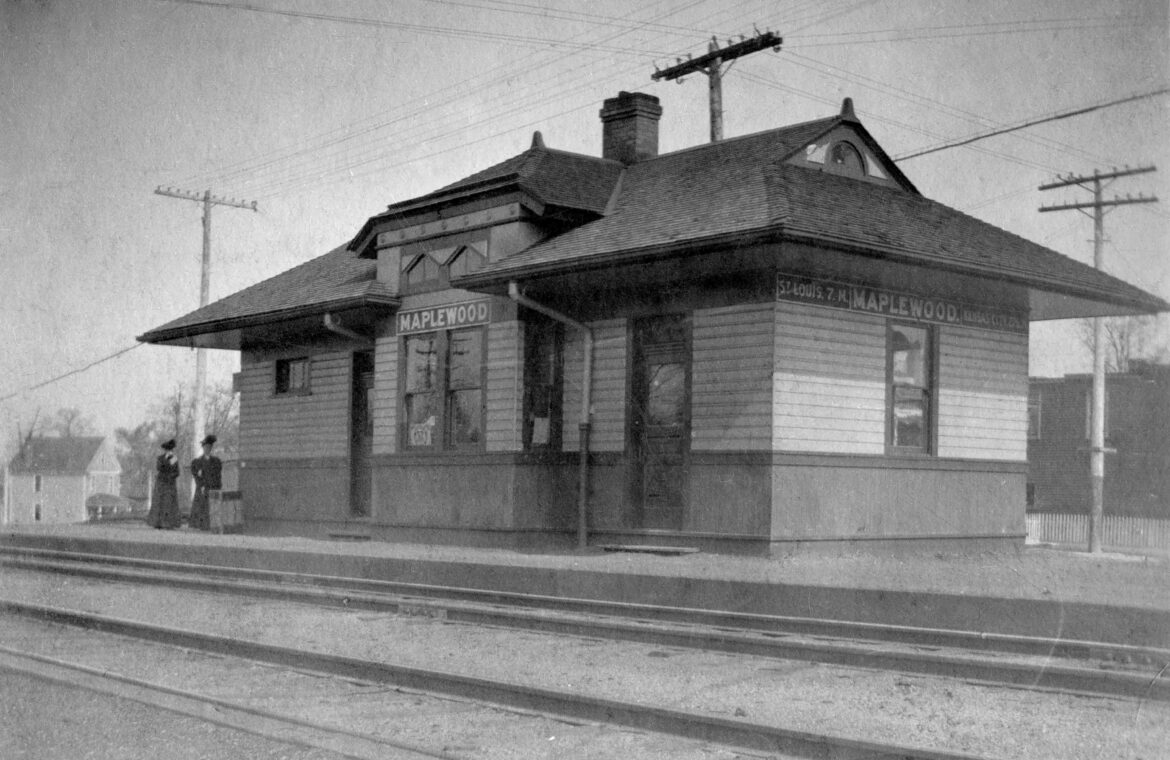
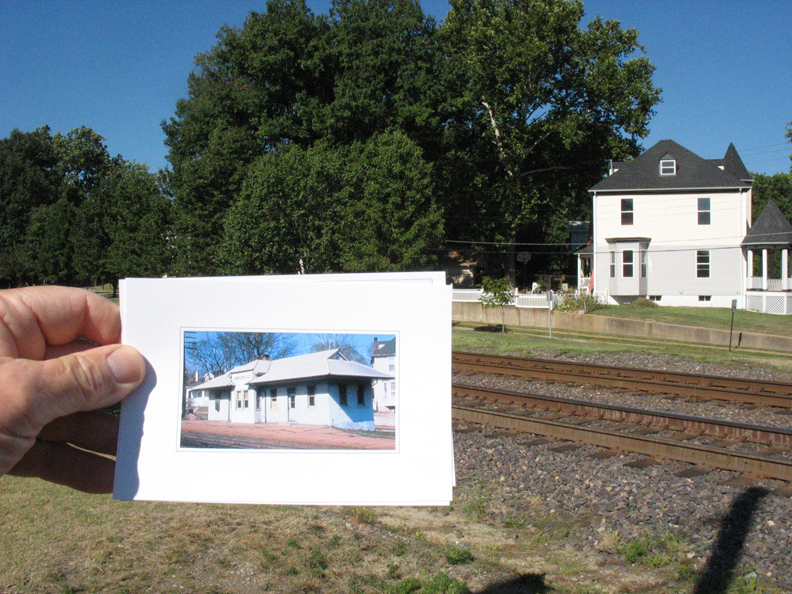
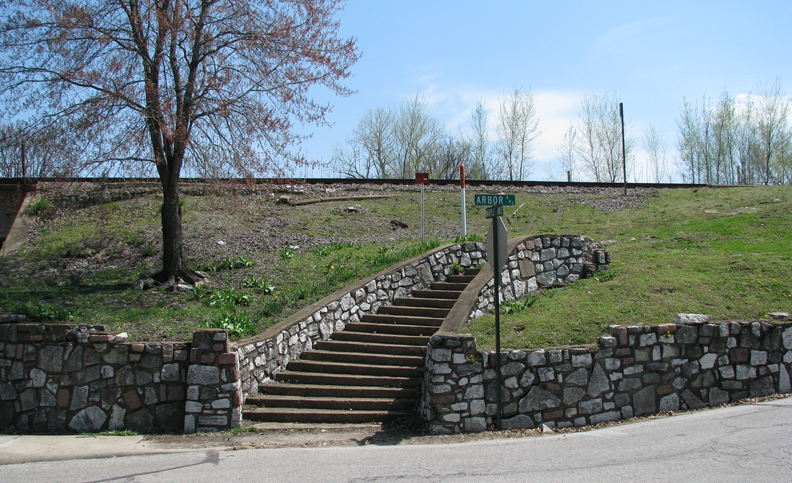
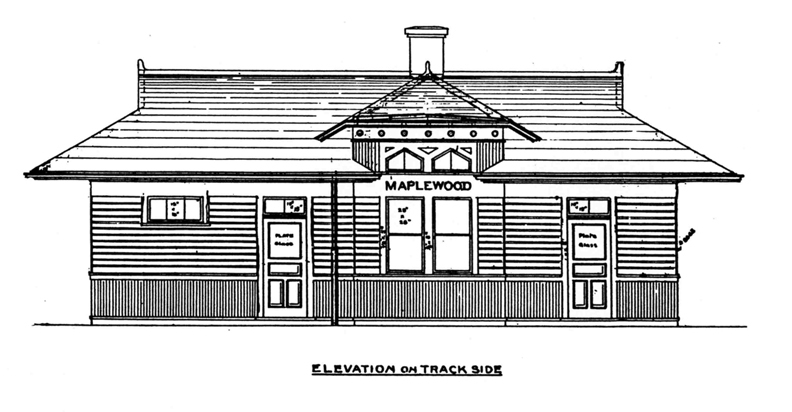
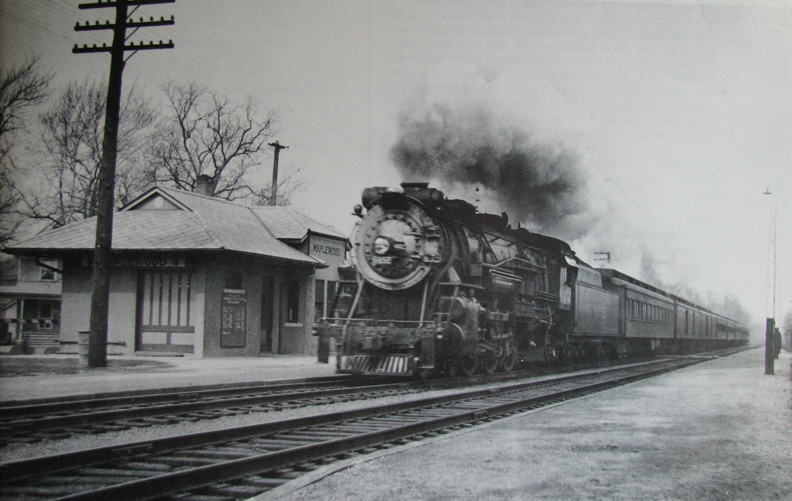
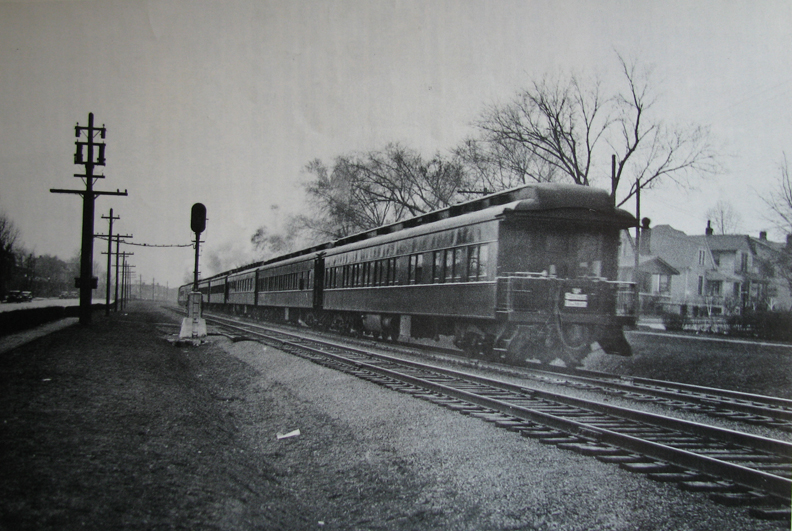
If your taste, like mine, leans towards large, heavy, orphaned pieces of equipment and parts of buildings then you will certainly want to make the trip to the National Building Arts Center in Sauget. The folks involved are as nice as they can be. I’ll bet that if you go once, you’ll go again and take friends and family with you. It’s a place like no other. We’re very lucky to have it.
Enjoy the springtime. Pray for an end to the war. As always, I appreciate your interest and support.
Doug Houser March 29, 2022
This segment of the 1909 map I am posting in response to Gary Tash’s comment below.
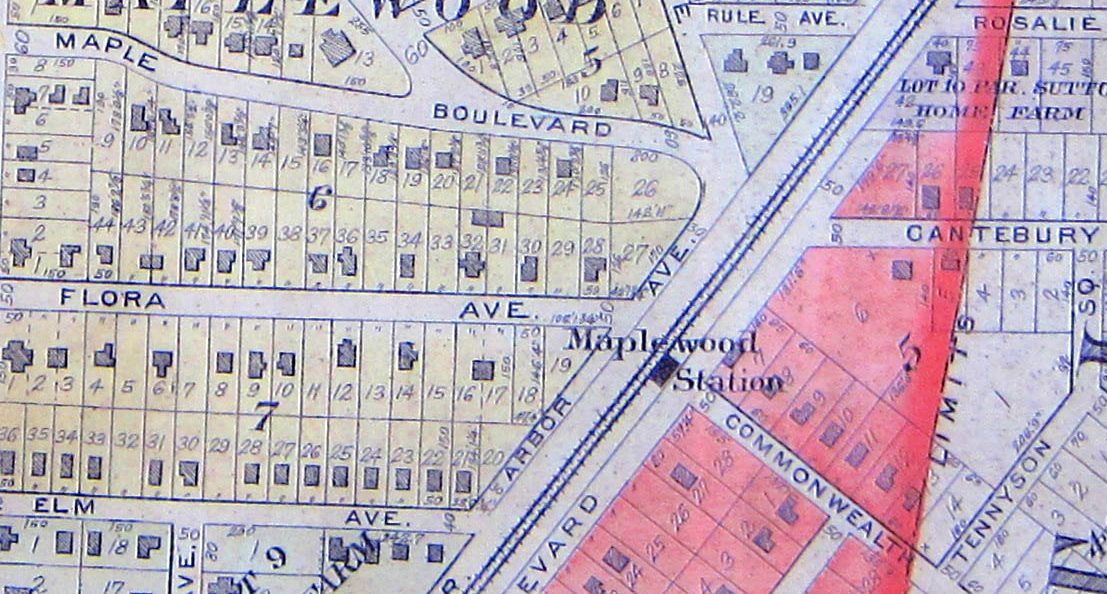

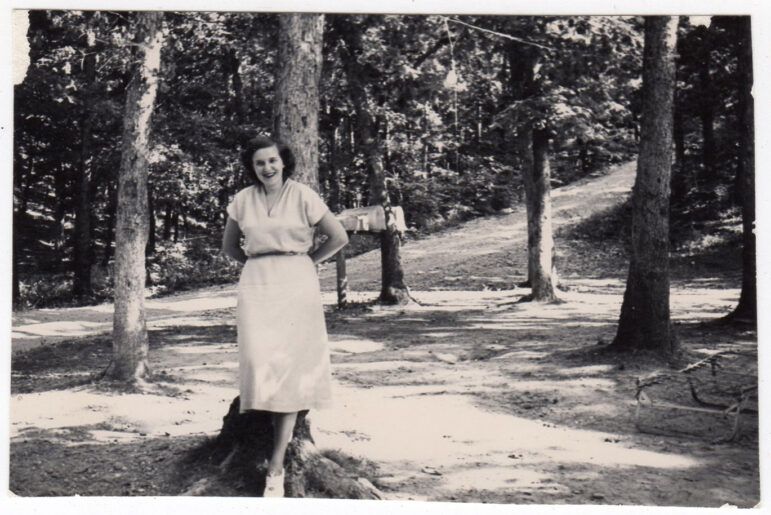
Doug, the idea that they must have had a corral around the wood stove shows how much we have been programmed to think about safety. I have yet to see an old western or some scene of the general store and see a fence around the pot belly stove. You would not have seen that in someone’s home or at least not in my home and I grew up with a wood burning stove for heat. You learned to back up to it carefully if you wanted to warm up your backside and watch where you put your hands. The rule at out house was no horsing around the wood stove since we knew it was hot. Ours would get hot enough that we could boil water in a metal teapot pretty quickly but I never saw it get red hot. Ours had bricks in the bottom which may have kept the metal from cracking.
Hi Mark, My idea that there was some sort of corral around this stove may not be accurate. I have some familiarity with wood heating stoves such as the one you describe. In my experience they may have numerous cast iron parts like the legs, the base, the footrests, the door, the top and perhaps some sort of an ornament at the very top. But a large portion of the bodies were made of much thinner sheet metal. Does this sound like yours?
The difference between those and this Mogul stove is they burned wood and it burned coal. I have never seen a wood stove that was as heavy as the Mogul. It is solid cast iron from top to bottom. The main parts of the body, separately, are so heavy that it took two men to carry them. I have no idea how thick the cast iron is in those pieces. I would guess more than an inch. I’ll look at again next time I’m at the NBAC. Thick as it is, it still appeared to have been heated to such an extreme that it damaged the castings. I don’t have any idea how hot that would be but it’s the difference between a coal fire and a wood fire. I really believe it must have glowed. It was in a public space. Surely they would have had something to keep young children away from it? Maybe somewhere we’ll find a photo of the interior of one of these stations that will answer this question. As always, thanks for your comments.
Doug, You are correct that our stove was for burning wood. But we had an abundance of Hedge or Osage Orange that grew on our farm as well as other farms that we cut firewood from. It is one of the hottest burning woods there is. I may be mistaken but our stove was some really thick metal but may have just been steel and not cast iron. I remember it took a few men to move it out of the truck and once in the house they rolled it on some sort of roller. It may have already had the bricks in the bottom of it but I don’t really recall. Was over 50 years ago I am guessing. My parents burned it until they moved so probably 30 years and the guy who bought the place used to and may still use it. I have not seen or talked to him in years so don’t know if it is still going or not.
Speaking about pieces of heavy Maplewood Memorabilia, I wonder what happened to that bell from one of our other schools that was in the foyer of the Bruce School.
And that immensely heavy plaque honoring the Maplewood men who died in WW1, that was on the Sutton and Lyndover corner of Ryan Hummert Park.
Hey Tom, While I never saw the bell, I was told about it. My guess is that someone from the company/s that demolished Bruce School removed it. I was told that it was from the Sutton School that occupied that site prior to Bruce being built. That was truly a missed opportunity. I’ll have to do a post on the Sutton School.
I never saw the plaque that you mention nor do I have a photograph of it. There was a rumor that it was stored in the high school basement. I doubt that this is true. The most likely story in my mind is that it was stolen and sold for scrap. It is always good to hear from you. I hope you’re doing well.
Hey Doug, I am seeking your help. Your article renewed my interest in obtaining copies of the deeds Mr. Todisman has showing Stark’s prior ownership of his home. This is very significant to the ragtime community and its historians. I had tried contacting Mr. Todisman about this at a time when he was too bogged down to respond. Would you make this request for me again?
About the train station; Maxine Felhauer (Maxine provided the old school photos used in your Maplewood history book) used that station every week day morning to commute to her job in downtown St. Louis. Also, I think your directions may be off. Greenwood and the train tracks run in a north-south direction, placing the station on the east and west side. Thanks for the constantly interesting details of our history. Gary Tash
Hey Gary, I’ll be happy to forward your message to Mr. Todisman. I checked the 1909 map as to which direction the station was moved. I think that we’re both sort of right but you are probably more right than I am. The tracks run in a northeasterly and southwesterly direction which makes it confusing. You are correct that when the station was moved across the tracks, the new location was directly west of the old. I’ll post the map above. And you are welcome. Good to hear from you as always.
Thanks so much Doug. Such an interesting tale, I really enjoyed!!
Thanks for weighing in, Nancy. It is good to hear from you.
This is very interesting Doug!
Thank you, Katie. I’m glad you liked it.